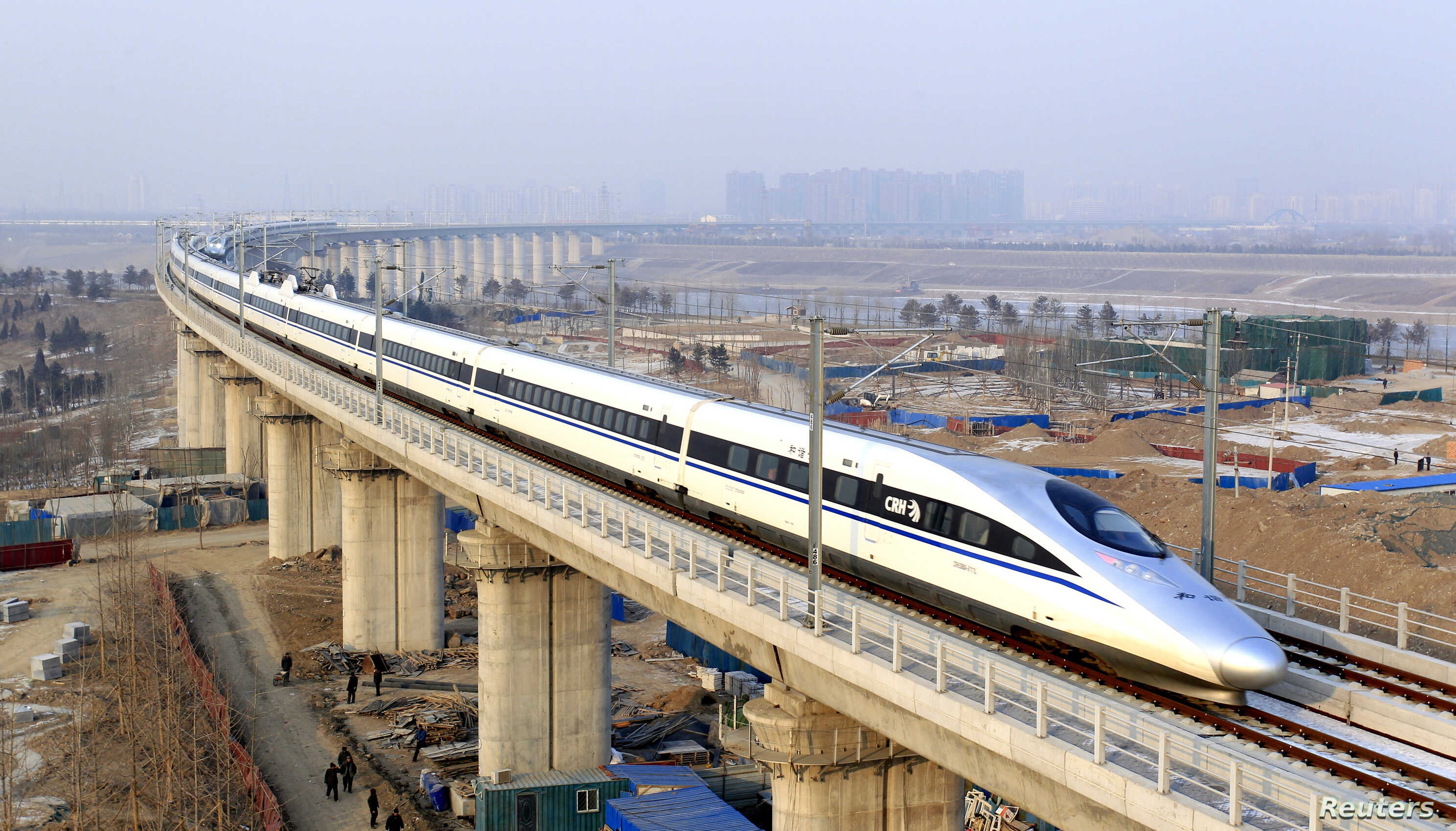
To combat COVID-19 economic slump, China will double high-speed rail network by 2035
CHINA has announced plans to double its high-speed rail network over the next fifteen years.
This would expand the current system from 36,000km to 70,000km, and increase its total length of track from 141,400km to 200,000km.
The ambitious plan is part of Beijing’s commitment to invest in national infrastructure following the economic fallout from the COVID-19 pandemic.

Above: A high-speed train leaving Shanghai Station.
It hopes the new rail scheme will stimulate demand and more evenly distribute the benefits of the country’s economic growth.
China currently has a significant wealth discrepancy problem, with the wealthy coastal cities having a far higher nominal per capita income (sometimes more than double or quadruple of those living in the country’s interior).

Above: A map of China's current high-speed rail network (image courtesy of China Discovery).
Beijing hopes that these new rail lines will help the growth of regional hubs.
By 2035 all cities with a population of more than 200,000 people will be connected by rail, while all cities with more than half a million people will have access to high-speed rail.

Above: China hopes the investment in high-speed rail will help correct wealth discrepancies between coastal cities and the interior.
China follows a number of other countries in investing heavily in infrastructure projects to stimulate economies following the coronavirus pandemic.
The United Kingdom also recently announced the expedition of their own high-speed rail.








